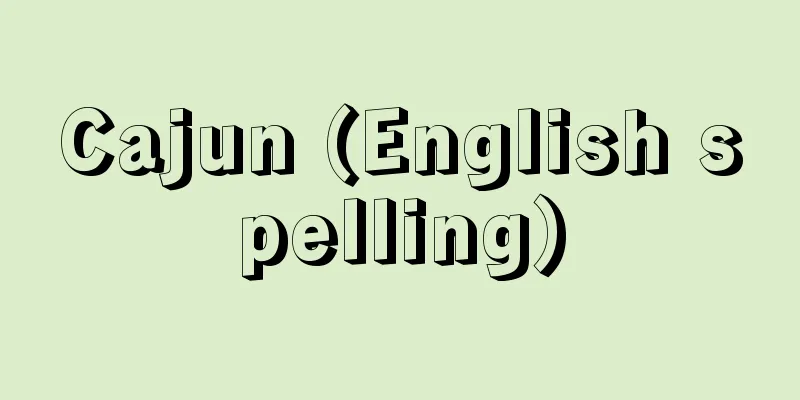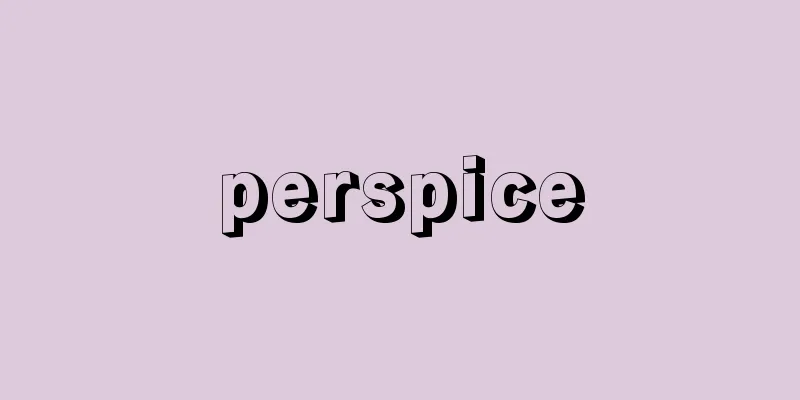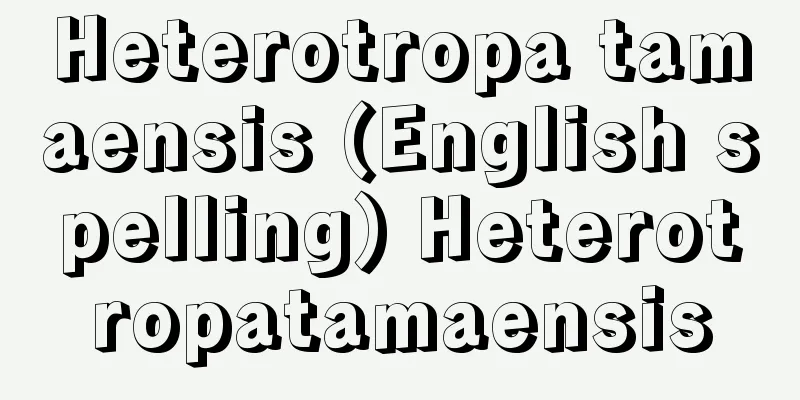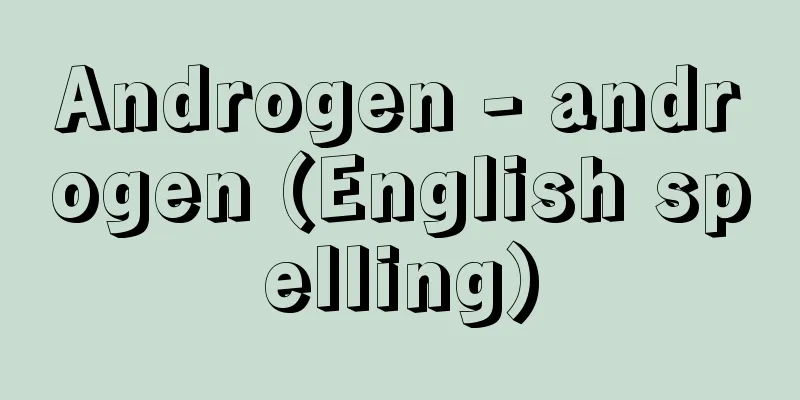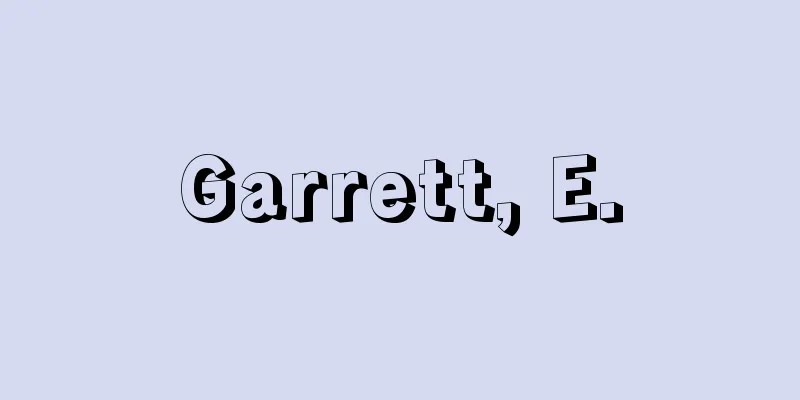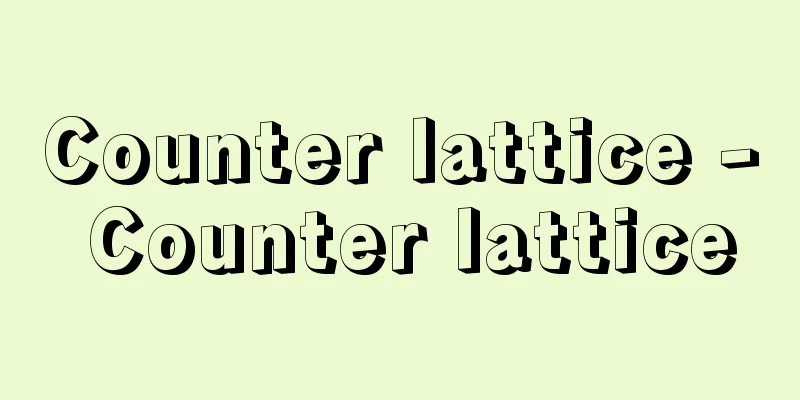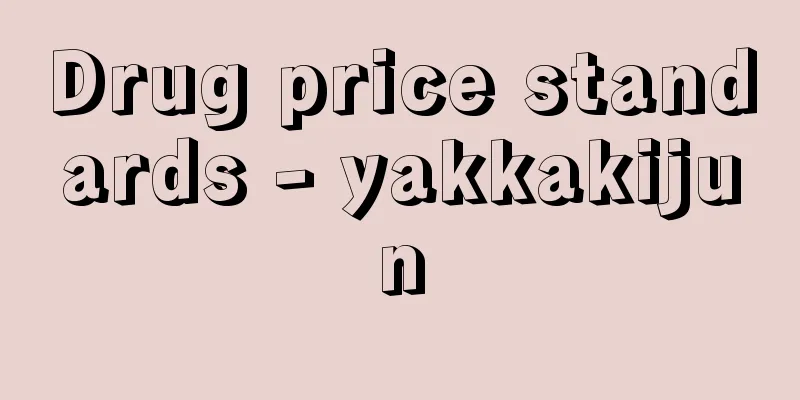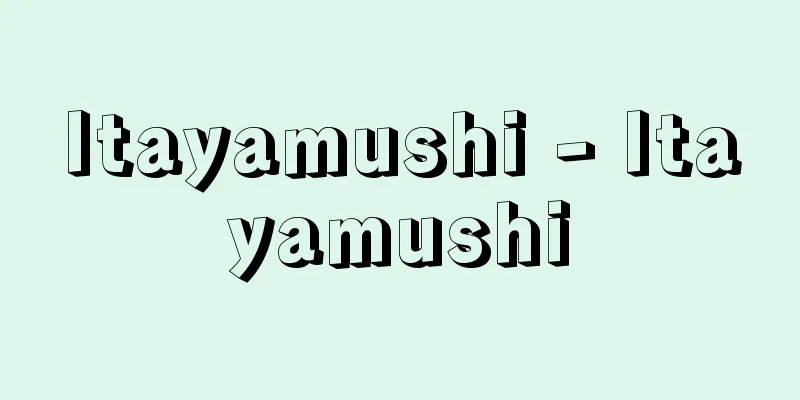Central African Republic
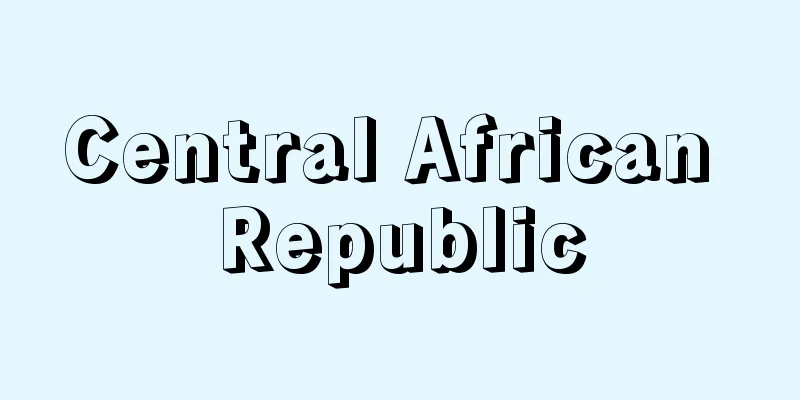
|
◎Official name: Central African Republic. ◎Area: 622,984 km2 . ◎Population: 4.51 million (2010). ◎Capital: Bangui (540,000, 2005). ◎Residents: 27% Banda, 24% Baya, 21% Mandja, 12% Ubangi, etc. ◎Religions: 60% indigenous religions, 20% Catholic, 15% Protestant, Islam. ◎Languages: French (official language), Sango (national language), Hausa, etc. ◎Currency: CFA (Central African Financial Cooperation) franc. ◎Head of state: President, Catherine Samba-Panza (inaugurated as interim government president in January 2014, five-year term). ◎Prime Minister: Mahamat Kamoun (interim). ◎Constitution: A new constitution was promulgated in a national referendum in December 2004. ◎ Parliament - Unicameral (105 seats, 5-year term) (2011). ◎ GDP - $2 billion (2008). ◎ GNP per capita - $360 (2006). ◎ Proportion of people employed in agriculture, forestry and fishing - 75% (1997). ◎ Life expectancy - 48.3 years for men, 52.1 years for women (2013). ◎ Infant mortality rate - 106‰ (2010). ◎ Literacy rate - 55.2% (2009). * * A republic in central Africa. Its former name during the French Equatorial Africa era was Ubangi-Chari. Most of the country is a plateau at an altitude of 600-1000m, with the Bongo Mountains in the northeast. The Chari River flows through the north, and the Ubangi River flows along the border with the Democratic Republic of the Congo in the south. It is located in the tropics at 3°-11° north latitude, with savannas spreading from the center to the north, and the forest area in the southwest receives a lot of rain. The main industry is agriculture, with cotton, coffee, and groundnuts being the main crops. Cattle farming is also practiced. Diamonds and uranium are produced, with diamonds being the main export. The indigenous people are pygmies, and France moved into the country at the end of the 19th century. In 1910, it was formed into French Equatorial Africa along with present-day Gabon, the Republic of the Congo, and Chad. In 1958, it became an autonomous republic within the French Community, and in 1960, it achieved full independence. Bokassa took power in a military coup in 1966, becoming president for life in 1972, changing the country's name to the Central African Empire in 1976, and in 1977, he held a coronation ceremony and proclaimed himself emperor, embarking on the path to dictatorship. In 1979, while Bokassa was visiting Libya, former president Dacko staged a bloodless coup, abolishing the monarchy and announcing the transition to a republic. Bokassa returned to the country in 1986 after going into exile, and was sentenced to death in 1987, but was pardoned in 1993. In 1996 and 1997, rebellions by some soldiers of the national army occurred one after another, and in 1998, UN peacekeeping operations (PKO) were dispatched. In March 2003, former General Bozizé seized power in a coup d'état, and in June 2005, he became president. From around October 2006, anti-government armed forces became more active in the northeast, and there were frequent incidents of occupying towns such as Viola, resulting in many internally displaced persons. To improve the security and humanitarian situation in the northeast, the EU Force (EUFOR) was dispatched, and in March 2009, the UN Mission in the Central African Republic and Chad took over, but withdrew in December 2010. In January 2011, presidential and parliamentary elections were held simultaneously, and President Bozizé was re-elected. However, in December 2012, the Islamic rebel group Seleka occupied various cities and approached the capital, and in January 2013, peace negotiations were held between the government and Seleka in Libreville, the capital of Gabon, through the mediation of the Economic Community of Central African States (ECCAS), and a ceasefire agreement and political agreement were signed (the Libreville Agreement). The political agreement promised that the president would remain in office until the end of his term in 2016, that a general election would be held within one year, and that a national unity government would be formed for the election. In accordance with the political agreement, a prime minister was elected from the opposition on January 17, 2013, and a national unity government was formed on February 3, with ministers from the Seleka also elected. However, in March 2013, the Seleka resumed armed attacks, citing President Bozize's failure to implement the Libreville Agreement. On March 23, the Seleka invaded Bangui. In March, President Bozize fled the country, and Seleka leader Djotodia declared himself president. On the 25th, Djotodia announced at a press conference that the constitution would be nullified, the cabinet would resign, parliament would be dissolved, he would enact laws by presidential decree until the next election, which would be held within three years, and Changay would be reappointed as prime minister. In April 2013, the National Transitional Council was established, and Djotodia was elected president. In July 2013, President Djotodia promulgated a provisional constitution that would be valid for 18 months until the next election. Since then, Seleka soldiers have repeatedly targeted Christians in massacres and robbery, leading to a full-scale counterattack by anti-Balaka, a Christian vigilante group, which has taken up arms and burned and killed Muslims' homes. The conflict has intensified, and is now showing signs of religious conflict. In April 2014, the UN Security Council unanimously adopted a resolution (Security Council Resolution 2149) to deploy a peacekeeping operation authorizing the use of force to protect civilians in the Central African Republic, where massacres of civilians continue due to conflict between Christians and Muslims, and the "United Nations Multidimensional Integrated Stabilization Mission in the Central African Republic." Full-scale operations began in September 2014. Until April 2015, the UN called for armed groups to disarm, and supported the activities of the International Criminal Court, which prosecutes and punishes individuals who have committed "genocide crimes" and "crimes against humanity." The UN says that 400,000 people have already been displaced by internal fighting. Source : Heibonsha Encyclopedia About MyPedia Information |
|
◎正式名称−中央アフリカ共和国Central African Republic。◎面積−62万2984km2。◎人口−451万人(2010)。◎首都−バンギBangui(54万人,2005)。◎住民−バンダ人27%,バヤ人24%,マンジャ人21%,ウバンギ人12%など。◎宗教−土着宗教60%,カトリック20%,プロテスタント15%,イスラム。◎言語−フランス語(公用語),サンゴ語(国語),ハウサ語など。◎通貨−CFA(中部アフリカ金融協力体)フラン。◎元首−大統領,サンバ・パンザCatherine Samba-Panza(2014年1月暫定政府大統領就任,任期5年)。◎首相−マハマト・カムーンMahamat Kamoun(暫定)。◎憲法−2004年12月の国民投票で新憲法を公布。◎国会−一院制(定員105,任期5年)(2011)。◎GDP−20億ドル(2008)。◎1人当りGNP−360ドル(2006)。◎農林・漁業就業者比率−75%(1997)。◎平均寿命−男48.3歳,女52.1歳(2013)。◎乳児死亡率−106‰(2010)。◎識字率−55.2%(2009)。 * *アフリカ中央部の共和国。フランス領赤道アフリカ時代の旧名はウバンギ・シャリ。国土の大部分が標高600〜1000mの台地で,北東部にボンゴ山地がある。北部をシャリ川,南部のコンゴ民主共和国との国境をウバンギ川が流れる。北緯3°〜11°の熱帯にあり,中央部から北部にサバンナが広がり,南西部の森林地帯は多雨。農業が主で綿花,コーヒー,ラッカセイが主産物。牛の牧畜も行われる。ダイヤモンド,ウランの鉱産があり,ダイヤモンドが主要輸出品。 先住民はピグミーで,19世紀末にフランスが進出してきた。1910年に現在のガボン,コンゴ共和国,チャドとともにフランス領赤道アフリカを構成,1958年フランス共同体内の自治共和国となり,1960年完全独立した。1966年軍事クーデタで実権を握ったボカサは,1972年終身大統領となり,1976年国名を中央アフリカ帝国と改め,1977年には戴冠式を挙行して自ら皇帝を名乗るなど,独裁への道を歩んだ。1979年ボカサのリビア訪問中に前大統領ダッコが無血クーデタを行って帝制廃止,共和制移行を宣言した。亡命したボカサは1986年に帰国し,1987年死刑判決を受けたが,1993年特赦となった。1996年,1997年に国軍の一部兵士による反乱が続発し,1998年国連平和維持活動(PKO)が派遣された。2003年3月クーデタでボジゼ元将軍が権力を掌握し,2005年6月に大統領に就任した。2006年10月ごろから北東部で反政府武装勢力の活動が活発化し,ビオラ等の街を占拠する事件が頻発し,多数の国内避難民が発生。北東部の治安・人道状況改善のため,EU部隊(EUFOR)が派遣され,2009年3月からは国連中央アフリカ・チャドミッションが引き継いだが2010年12月に撤退。2011年1月に大統領選挙及び議会選挙が同時に実施され,ボジゼ大統領が再選された。しかし,2012年12月イスラム系反政府勢力セレカが諸都市を占拠し首都に迫り,2013年1月中部アフリカ諸国経済共同体(ECCAS)の仲介により,ガボンの首都リーブルビルにおいて政府及びセレカ等の間で和平交渉が行われ停戦合意及び政治合意等が署名された(リーブルビル合意)。政治合意は,大統領の2016年までの任期までの留任,1年以内の国民議会解散総選挙実施及び選挙のための挙国一致内閣の設立を約した。政治合意に則り,2013年1月17日に野党から首相が選出され,2月3日には挙国一致内閣が成立し,セレカからも閣僚が選出された。しかし,2013年3月,セレカがボジゼ大統領のリーブルビル合意の不履行を理由に武力攻撃を再開。3月23日にはセレカはバンギへ侵攻。3月ボジゼ大統領は国外に脱出,セレカのジョトディア指導者が自ら〈大統領〉就任を宣言し,翌25日ジョトディア氏は記者会見で憲法の無効化,内閣総辞職・議会解散,3年以内に行われる次回選挙まで自らが大統領令により法律を制定,チャンガイ首相の再任,を発表した。2013年4月には国民移行評議会が設立され,ジョトディア氏が〈大統領〉に選出された。2013年7月ジョトディア〈大統領〉により,次回選挙が行われるまでの18ヵ月間有効とされる〈暫定憲法〉が公布された。その後,セレカの兵士たちによるキリスト教徒を狙った虐殺や略奪が繰り返されたため,キリスト教系自警団組織のアンチ・バラカが武装しイスラム教徒の家を焼き払い,殺害するなど本格的な反撃に出て,衝突が激化し宗教対立の様相を見せている。2014年4月国連安保理は,キリスト,イスラム両教徒間の対立で市民の虐殺が続く中央アフリカ共和国で市民を保護するために武力行使を認めるPKOと〈国連中央アフリカ多面的統合安定化ミッション〉を展開する決議案を全会一致で採択した(安保理決議 第2149号)。2014年9月から本格的に活動を開始。2015年4月まで武装集団に武装解除を要求し,〈集団殺害犯罪〉や〈人道に対する罪〉を犯した個人を訴追・処罰する国際刑事裁判所の活動を支援した。国連では国内の戦闘によりすでに40万人の難民が発生しているとしている。
出典 株式会社平凡社百科事典マイペディアについて 情報 |
<<: Central America - Chuo AmeriKa (English spelling)
Recommend
Cyprinoidon - Cyprinoidon
...Rattlesnakes with their unique walking pattern...
LTD - LTD
Laser target designator : A device that shines a l...
Obibabayasude - Obibabayasude
...A subspecies of the millipede of the family Po...
Amakusa [town] - Amakusa
An old town in the western part of Amakusa Shimosh...
Nanrei - Nanrei
A mountain range in southern China that separates...
Song - Bye
The name of a type of Shomyo (chanting). It is als...
Kaidenzu
…Today, the only surviving examples of rice field...
Andronovo culture
A Bronze Age culture that occupies a period in the...
Jironshu (English spelling) Di-lun-zong
A sect of Chinese Buddhism based on the Treatise o...
Ujiyori Omori - Ujiyori Omori
?-1494 A military commander of the Muromachi peri...
Choreographe (English spelling)
…In France, quadrilles and coryphées are collecti...
Madrid - Madorido (English spelling)
The capital of Spain. Located almost in the cente...
Ukita Ikkei - Ukita Ikkei
A painter of the revival Yamato-e school at the e...
Onoe Kikujiro (3rd generation)
...Born in Osaka. After studying under Nizaemon K...
Melanitis phedima (English spelling) Melanitisphedima
…[Mayumi Takahashi]. . . *Some of the terminology...
